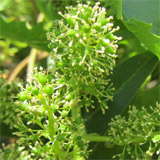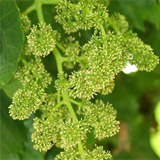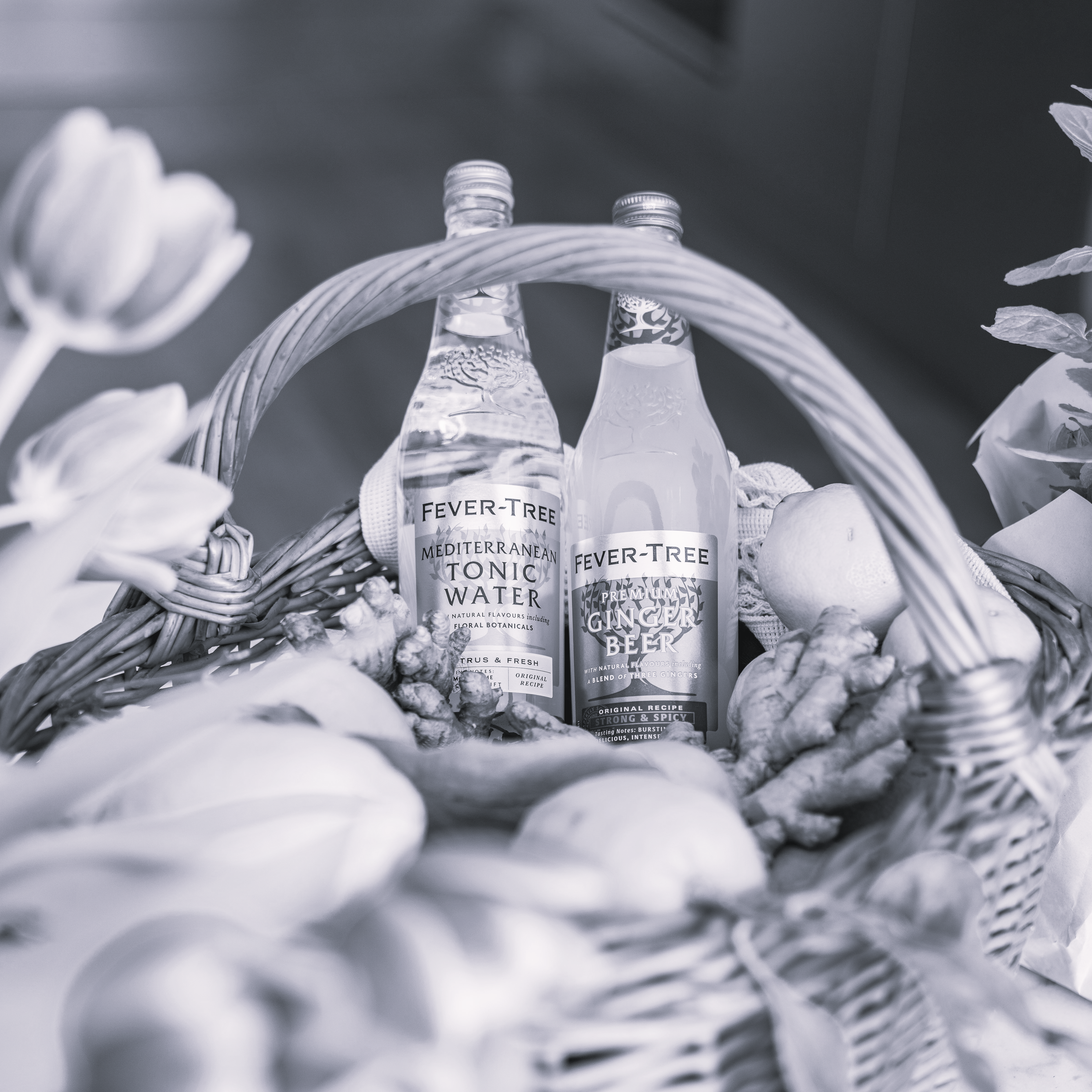The annual growth cycle of grapevines is the process that takes place in the vineyard each year, beginning with bud break in the spring and culminating with leaf fall in autumn followed by dormancy in winter. From a winemaking perspective, each stage in the process plays a vital role in the development of grapes with ideal characteristics for making quality wine. Viticulturalists and vineyard managers monitor the effect of climate, vine disease and pests in assisting or impeding the vines progression from bud break, flowering, fruit set, veraison through to harvest.
Depending on local temperatures, 40-80 days after bud break the process of flowering begins with small flower clusters appearing on the tips of the young shoots. Flowering occurs when average daily temperatures stay between 15-20C which in the Northern Hemisphere wine regions is generally around May and for the Southern Hemisphere regions around November.
A few weeks after the initial clusters appears, the flowers start to grow in size with individual flowers become visible. It is during this stage of flowering that the pollination and fertilization of the grapevine takes place within about ten days - with the result being a grape berry, containing 1-4 seeds.
Most 'Vitis vinifera' grape vines are hermaphroditic, with both male stamens and female ovaries, being able to self-pollinate. During the process of fertilization, the pollen fertilizes the ovary which produces seeds as the flower begins the transformation into a grape berry, encapsulating the seed. Detrimental weather (cold temperatures, frosts, strong winds & rain) can severely affect the flowering process, causing many flowers not to be fertilized.
Wind and insects generally play only a small role in aiding pollination, with the process being mostly self-contained within the vine. But cross-pollination between vine species is possible as in the case of the origin of the grape variety like Cabernet Sauvignon - a cross pollination of Cabernet Franc and Sauvignon Blanc.










